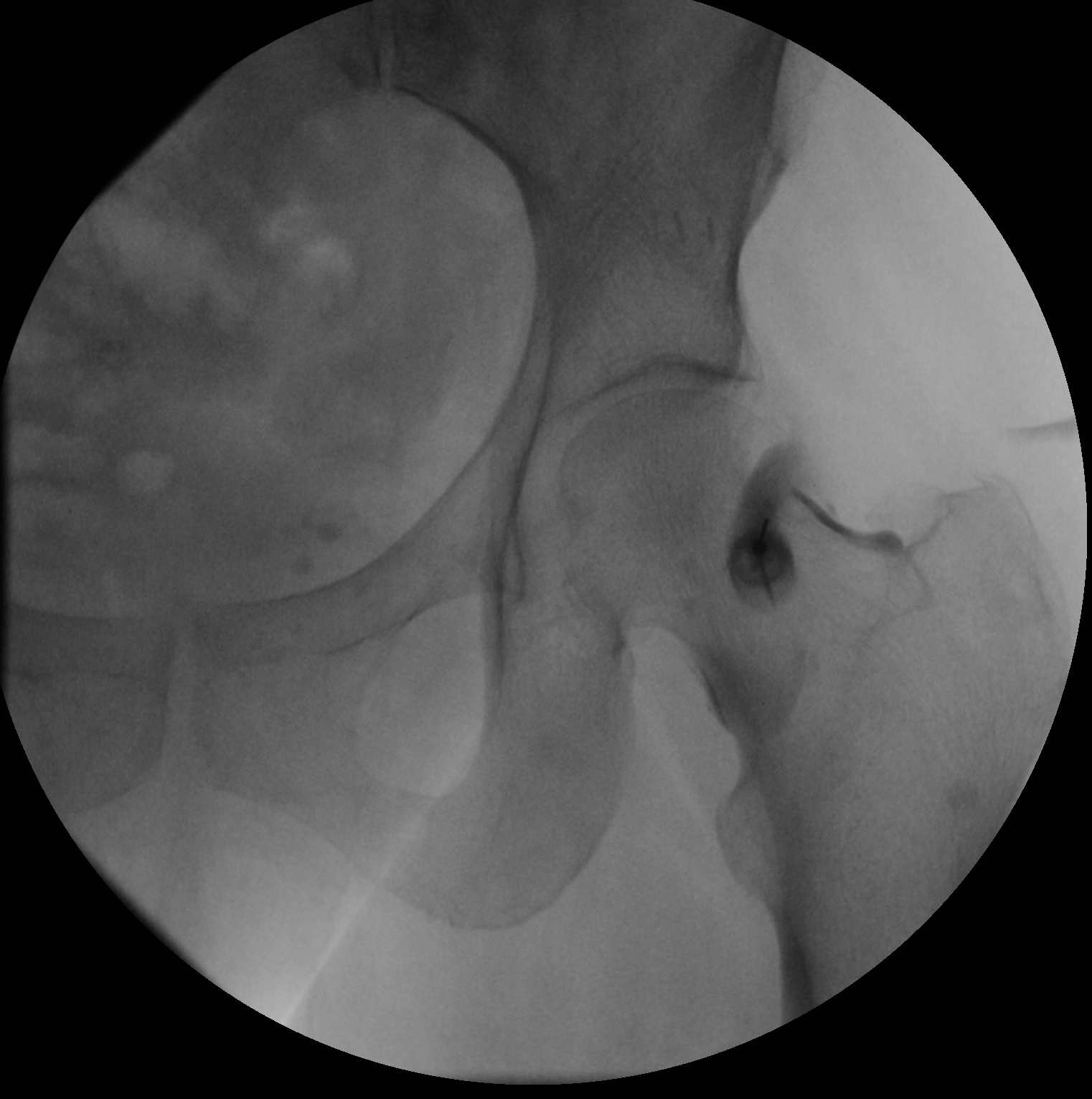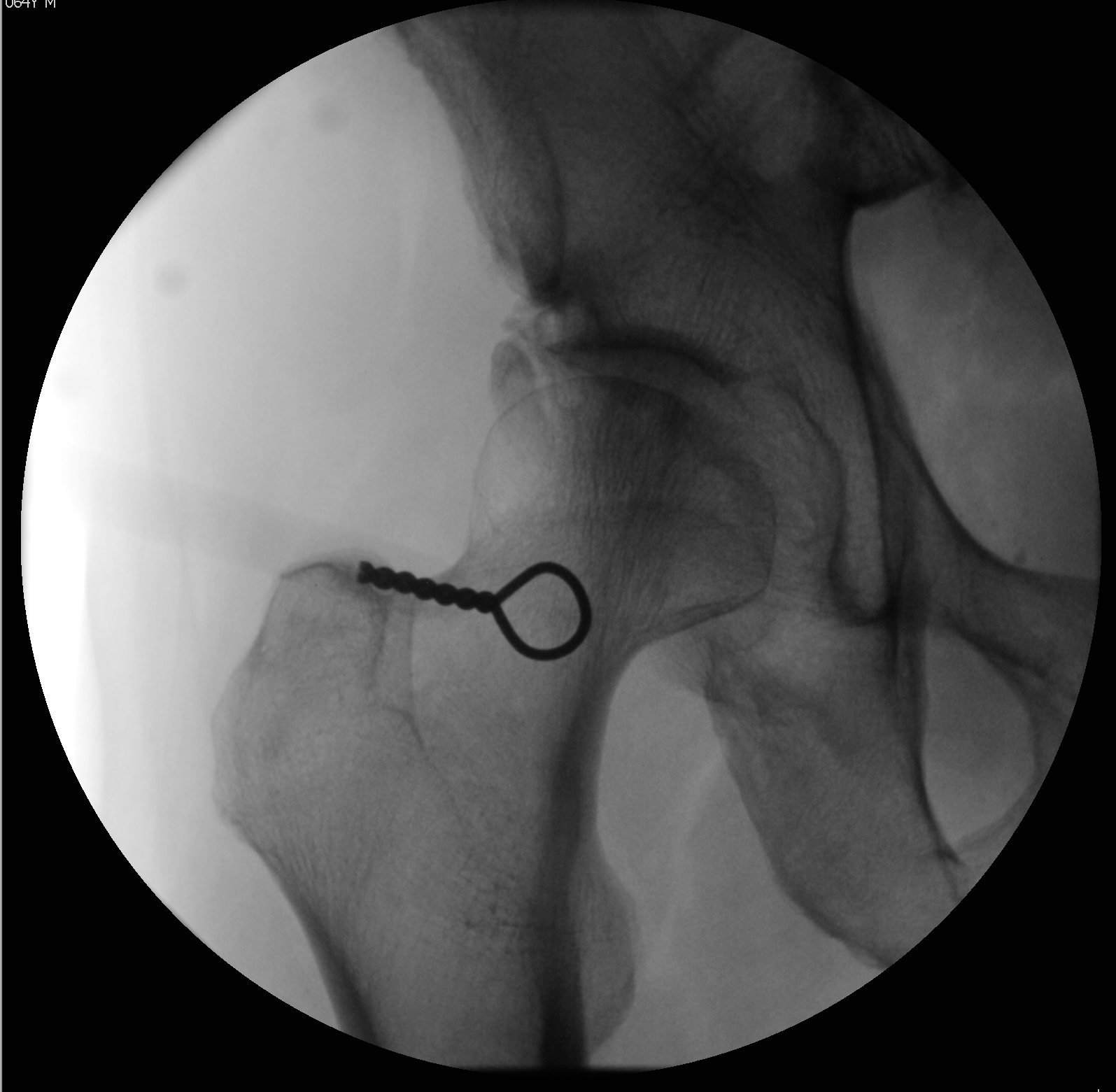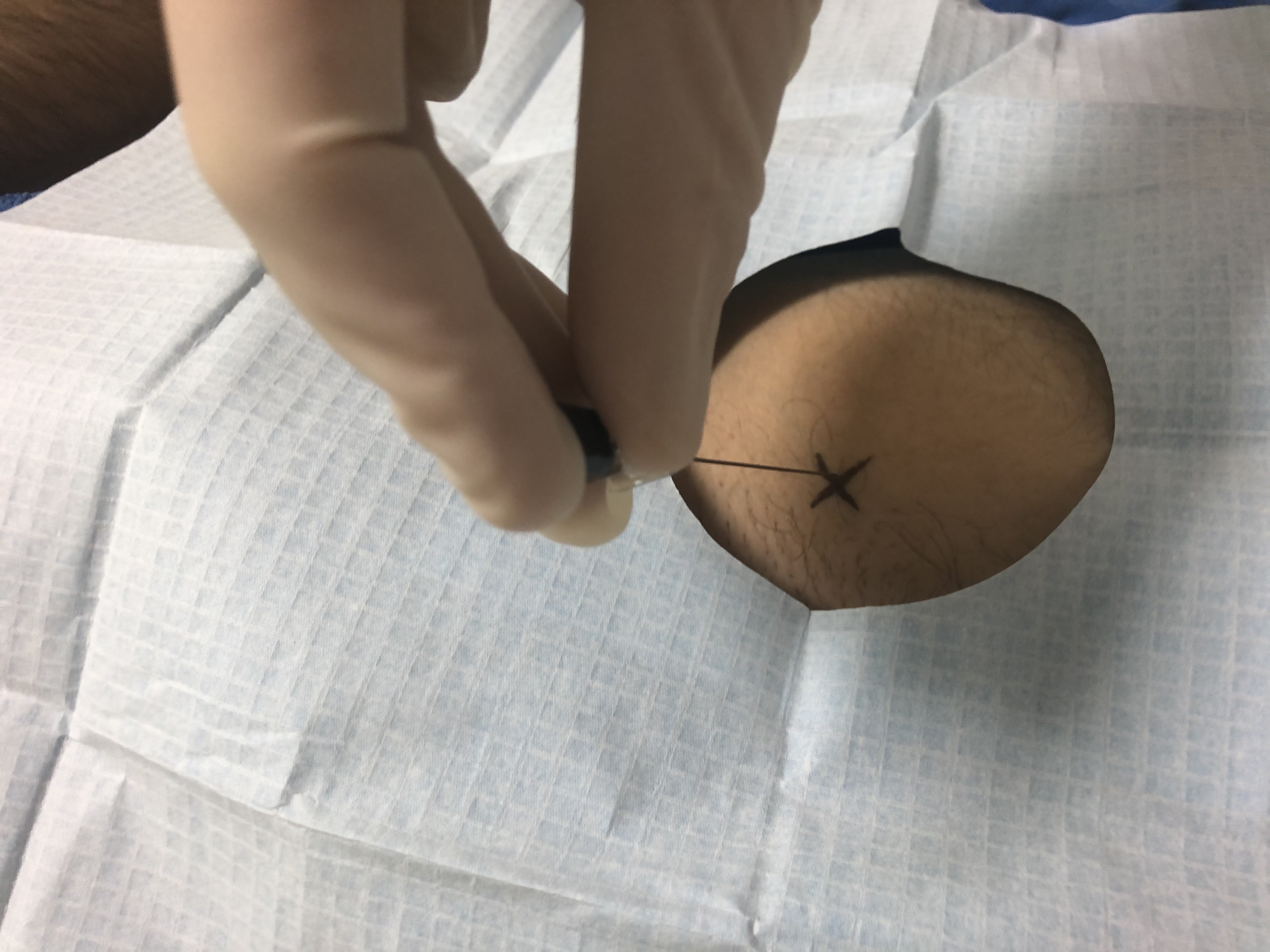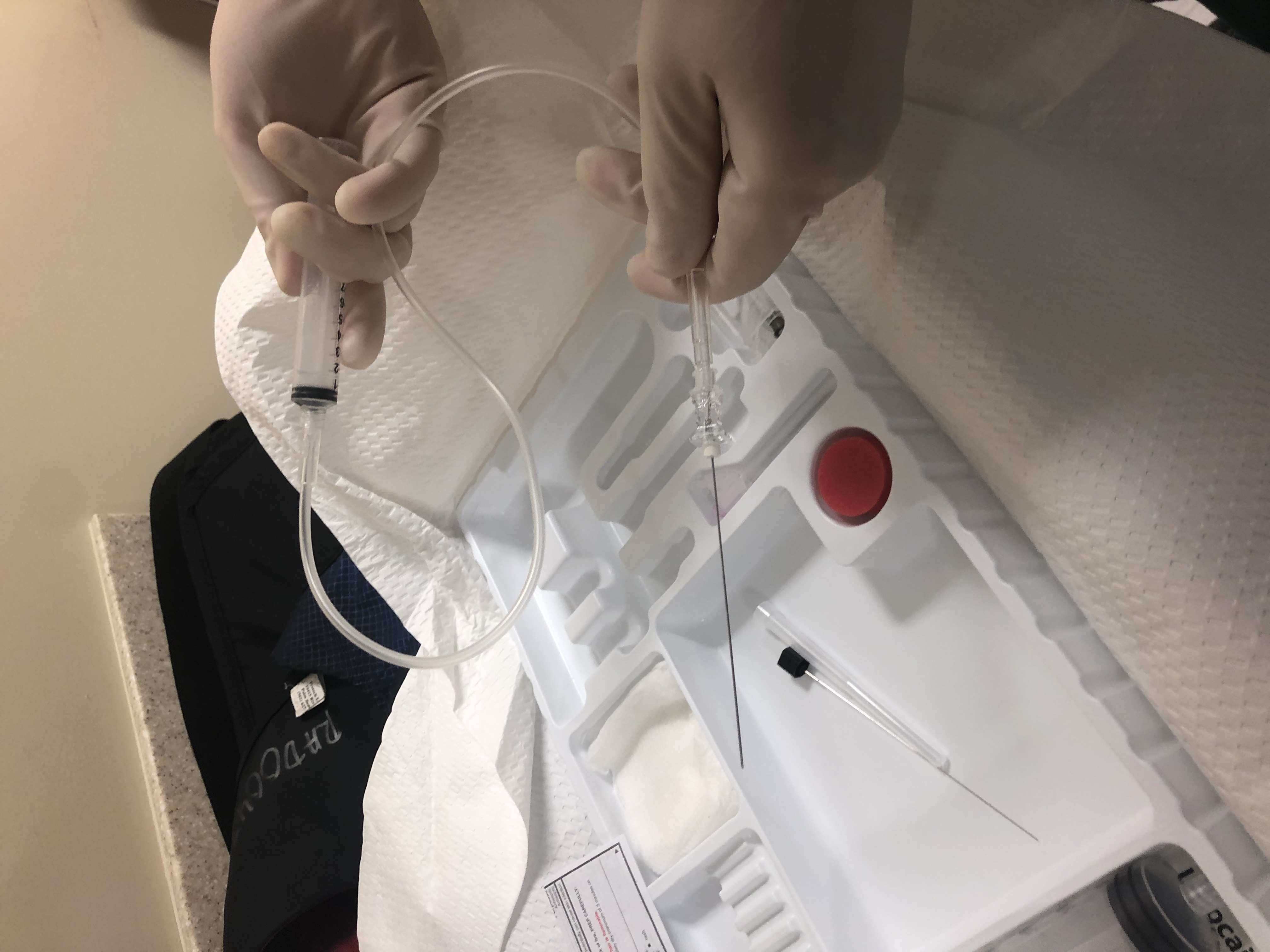[1]
Christmas C, Crespo CJ, Franckowiak SC, Bathon JM, Bartlett SJ, Andersen RE. How common is hip pain among older adults? Results from the Third National Health and Nutrition Examination Survey. The Journal of family practice. 2002 Apr:51(4):345-8
[PubMed PMID: 11978258]
Level 3 (low-level) evidence
[2]
Cecchi F, Mannoni A, Molino-Lova R, Ceppatelli S, Benvenuti E, Bandinelli S, Lauretani F, Macchi C, Ferrucci L. Epidemiology of hip and knee pain in a community based sample of Italian persons aged 65 and older. Osteoarthritis and cartilage. 2008 Sep:16(9):1039-46. doi: 10.1016/j.joca.2008.01.008. Epub 2008 Mar 17
[PubMed PMID: 18343164]
[3]
Jordan JM, Helmick CG, Renner JB, Luta G, Dragomir AD, Woodard J, Fang F, Schwartz TA, Nelson AE, Abbate LM, Callahan LF, Kalsbeek WD, Hochberg MC. Prevalence of hip symptoms and radiographic and symptomatic hip osteoarthritis in African Americans and Caucasians: the Johnston County Osteoarthritis Project. The Journal of rheumatology. 2009 Apr:36(4):809-15. doi: 10.3899/jrheum.080677. Epub 2009 Mar 13
[PubMed PMID: 19286855]
[4]
Murphy LB, Helmick CG, Schwartz TA, Renner JB, Tudor G, Koch GG, Dragomir AD, Kalsbeek WD, Luta G, Jordan JM. One in four people may develop symptomatic hip osteoarthritis in his or her lifetime. Osteoarthritis and cartilage. 2010 Nov:18(11):1372-9. doi: 10.1016/j.joca.2010.08.005. Epub 2010 Aug 14
[PubMed PMID: 20713163]
[5]
Culliford DJ, Maskell J, Kiran A, Judge A, Javaid MK, Cooper C, Arden NK. The lifetime risk of total hip and knee arthroplasty: results from the UK general practice research database. Osteoarthritis and cartilage. 2012 Jun:20(6):519-24. doi: 10.1016/j.joca.2012.02.636. Epub 2012 Mar 3
[PubMed PMID: 22395038]
[7]
Bowman KF Jr, Fox J, Sekiya JK. A clinically relevant review of hip biomechanics. Arthroscopy : the journal of arthroscopic & related surgery : official publication of the Arthroscopy Association of North America and the International Arthroscopy Association. 2010 Aug:26(8):1118-29. doi: 10.1016/j.arthro.2010.01.027. Epub
[PubMed PMID: 20678712]
[8]
Gunay C, Atalar H, Dogruel H, Yavuz OY, Uras I, Sayli U. Correlation of femoral head coverage and Graf alpha angle in infants being screened for developmental dysplasia of the hip. International orthopaedics. 2009 Jun:33(3):761-4. doi: 10.1007/s00264-008-0570-7. Epub 2008 May 21
[PubMed PMID: 18493759]
[9]
Bonner TF, Colbrunn RW, Bottros JJ, Mutnal AB, Greeson CB, Klika AK, van den Bogert AJ, Barsoum WK. The contribution of the acetabular labrum to hip joint stability: a quantitative analysis using a dynamic three-dimensional robot model. Journal of biomechanical engineering. 2015 Jun:137(6):061012. doi: 10.1115/1.4030012. Epub 2015 Apr 23
[PubMed PMID: 25759977]
[10]
Hidaka E, Aoki M, Izumi T, Suzuki D, Fujimiya M. Ligament strain on the iliofemoral, pubofemoral, and ischiofemoral ligaments in cadaver specimens: biomechanical measurement and anatomical observation. Clinical anatomy (New York, N.Y.). 2014 Oct:27(7):1068-75. doi: 10.1002/ca.22425. Epub 2014 Jun 10
[PubMed PMID: 24913440]
[11]
Dawson J, Linsell L, Zondervan K, Rose P, Randall T, Carr A, Fitzpatrick R. Epidemiology of hip and knee pain and its impact on overall health status in older adults. Rheumatology (Oxford, England). 2004 Apr:43(4):497-504
[PubMed PMID: 14762225]
[12]
Barbour KE, Helmick CG, Boring M, Brady TJ. Vital Signs: Prevalence of Doctor-Diagnosed Arthritis and Arthritis-Attributable Activity Limitation - United States, 2013-2015. MMWR. Morbidity and mortality weekly report. 2017 Mar 10:66(9):246-253. doi: 10.15585/mmwr.mm6609e1. Epub 2017 Mar 10
[PubMed PMID: 28278145]
[13]
Muraki S, Akune T, Oka H, Ishimoto Y, Nagata K, Yoshida M, Tokimura F, Nakamura K, Kawaguchi H, Yoshimura N. Incidence and risk factors for radiographic knee osteoarthritis and knee pain in Japanese men and women: a longitudinal population-based cohort study. Arthritis and rheumatism. 2012 May:64(5):1447-56. doi: 10.1002/art.33508. Epub
[PubMed PMID: 22135156]
[14]
Oliveria SA, Felson DT, Cirillo PA, Reed JI, Walker AM. Body weight, body mass index, and incident symptomatic osteoarthritis of the hand, hip, and knee. Epidemiology (Cambridge, Mass.). 1999 Mar:10(2):161-6
[PubMed PMID: 10069252]
[15]
MacGregor AJ, Antoniades L, Matson M, Andrew T, Spector TD. The genetic contribution to radiographic hip osteoarthritis in women: results of a classic twin study. Arthritis and rheumatism. 2000 Nov:43(11):2410-6
[PubMed PMID: 11083262]
[16]
Kujala UM, Kaprio J, Sarna S. Osteoarthritis of weight bearing joints of lower limbs in former élite male athletes. BMJ (Clinical research ed.). 1994 Jan 22:308(6923):231-4
[PubMed PMID: 8111258]
[17]
Fransen M, McConnell S, Hernandez-Molina G, Reichenbach S. Exercise for osteoarthritis of the hip. The Cochrane database of systematic reviews. 2014 Apr 22:(4):CD007912. doi: 10.1002/14651858.CD007912.pub2. Epub 2014 Apr 22
[PubMed PMID: 24756895]
Level 1 (high-level) evidence
[18]
Bartels EM, Juhl CB, Christensen R, Hagen KB, Danneskiold-Samsøe B, Dagfinrud H, Lund H. Aquatic exercise for the treatment of knee and hip osteoarthritis. The Cochrane database of systematic reviews. 2016 Mar 23:3(3):CD005523. doi: 10.1002/14651858.CD005523.pub3. Epub 2016 Mar 23
[PubMed PMID: 27007113]
Level 1 (high-level) evidence
[19]
Zhang W, Doherty M, Arden N, Bannwarth B, Bijlsma J, Gunther KP, Hauselmann HJ, Herrero-Beaumont G, Jordan K, Kaklamanis P, Leeb B, Lequesne M, Lohmander S, Mazieres B, Martin-Mola E, Pavelka K, Pendleton A, Punzi L, Swoboda B, Varatojo R, Verbruggen G, Zimmermann-Gorska I, Dougados M, EULAR Standing Committee for International Clinical Studies Including Therapeutics (ESCISIT). EULAR evidence based recommendations for the management of hip osteoarthritis: report of a task force of the EULAR Standing Committee for International Clinical Studies Including Therapeutics (ESCISIT). Annals of the rheumatic diseases. 2005 May:64(5):669-81
[PubMed PMID: 15471891]
[20]
Curtis GL, Chughtai M, Khlopas A, Newman JM, Khan R, Shaffiy S, Nadhim A, Bhave A, Mont MA. Impact of Physical Activity in Cardiovascular and Musculoskeletal Health: Can Motion Be Medicine? Journal of clinical medicine research. 2017 May:9(5):375-381. doi: 10.14740/jocmr3001w. Epub 2017 Apr 1
[PubMed PMID: 28392856]
[21]
Hochberg MC, Altman RD, April KT, Benkhalti M, Guyatt G, McGowan J, Towheed T, Welch V, Wells G, Tugwell P, American College of Rheumatology. American College of Rheumatology 2012 recommendations for the use of nonpharmacologic and pharmacologic therapies in osteoarthritis of the hand, hip, and knee. Arthritis care & research. 2012 Apr:64(4):465-74
[PubMed PMID: 22563589]
[22]
da Costa BR, Reichenbach S, Keller N, Nartey L, Wandel S, Jüni P, Trelle S. Effectiveness of non-steroidal anti-inflammatory drugs for the treatment of pain in knee and hip osteoarthritis: a network meta-analysis. Lancet (London, England). 2017 Jul 8:390(10090):e21-e33. doi: 10.1016/S0140-6736(17)31744-0. Epub
[PubMed PMID: 28699595]
Level 1 (high-level) evidence
[23]
McCabe PS, Maricar N, Parkes MJ, Felson DT, O'Neill TW. The efficacy of intra-articular steroids in hip osteoarthritis: a systematic review. Osteoarthritis and cartilage. 2016 Sep:24(9):1509-17. doi: 10.1016/j.joca.2016.04.018. Epub 2016 Apr 30
[PubMed PMID: 27143362]
Level 1 (high-level) evidence
[24]
Murphy NJ, Eyles JP, Hunter DJ. Hip Osteoarthritis: Etiopathogenesis and Implications for Management. Advances in therapy. 2016 Nov:33(11):1921-1946
[PubMed PMID: 27671326]
Level 3 (low-level) evidence




